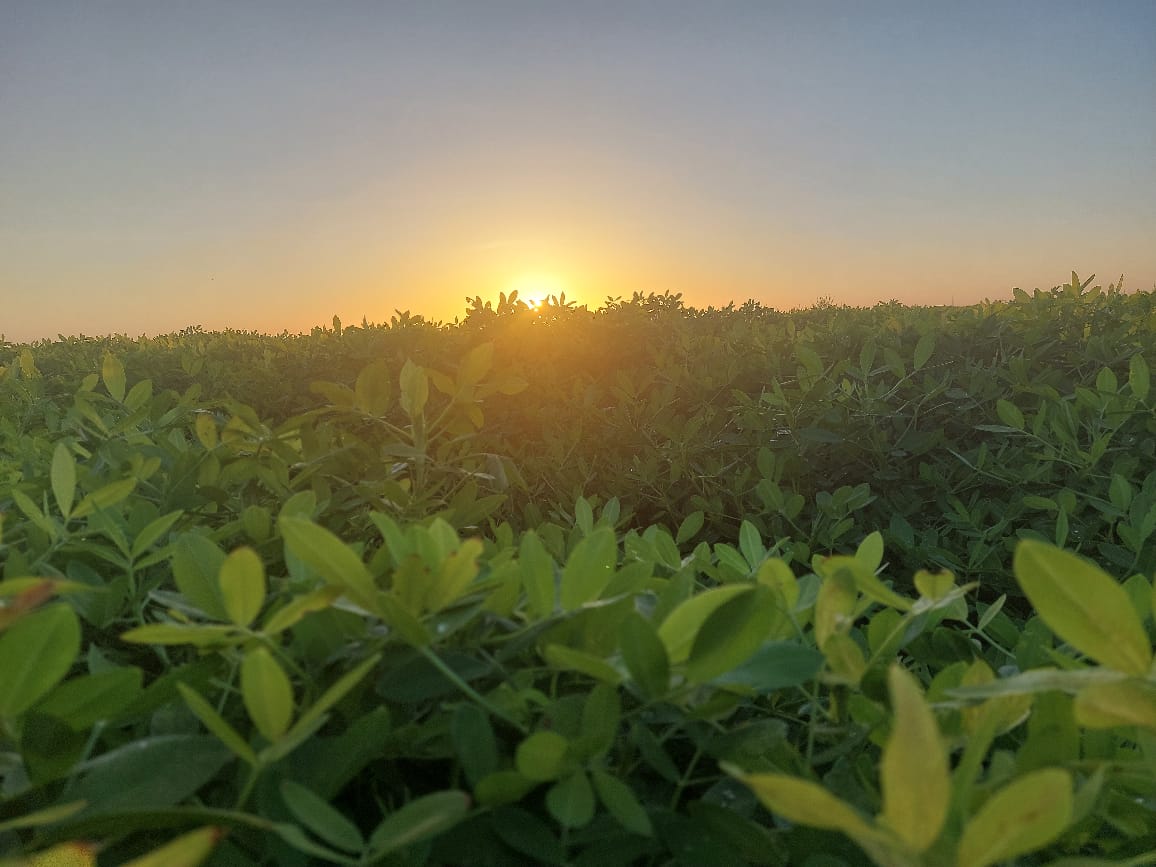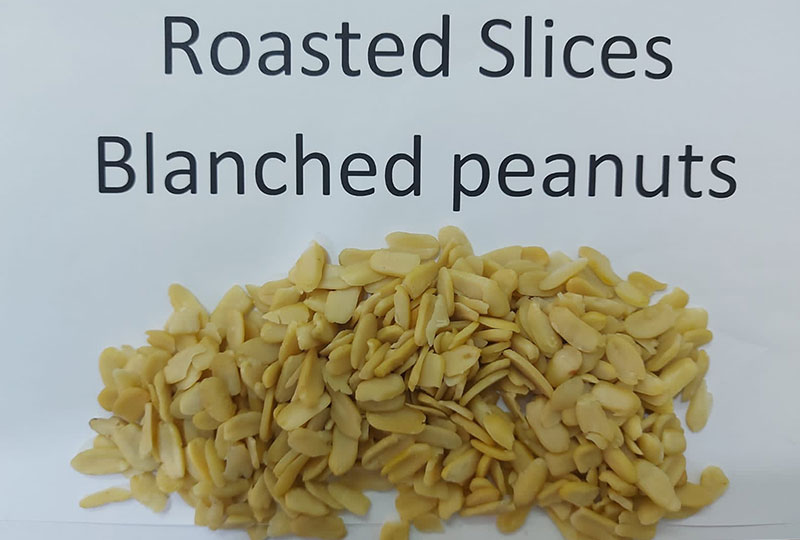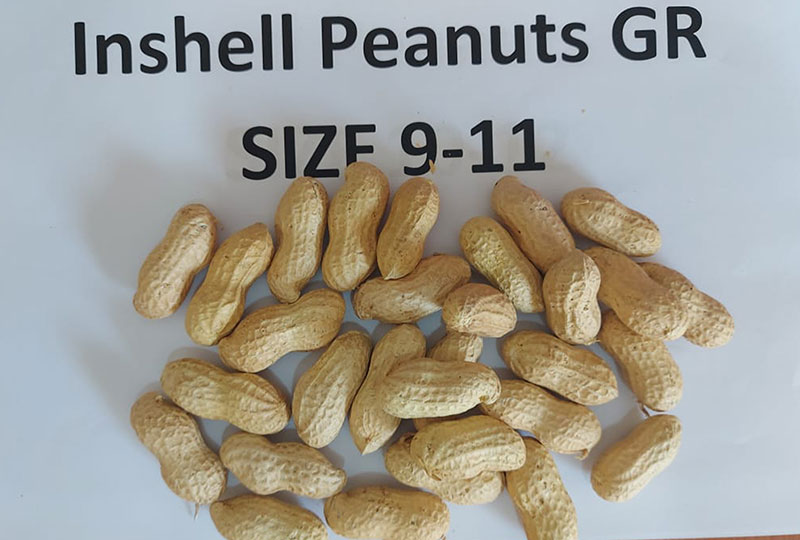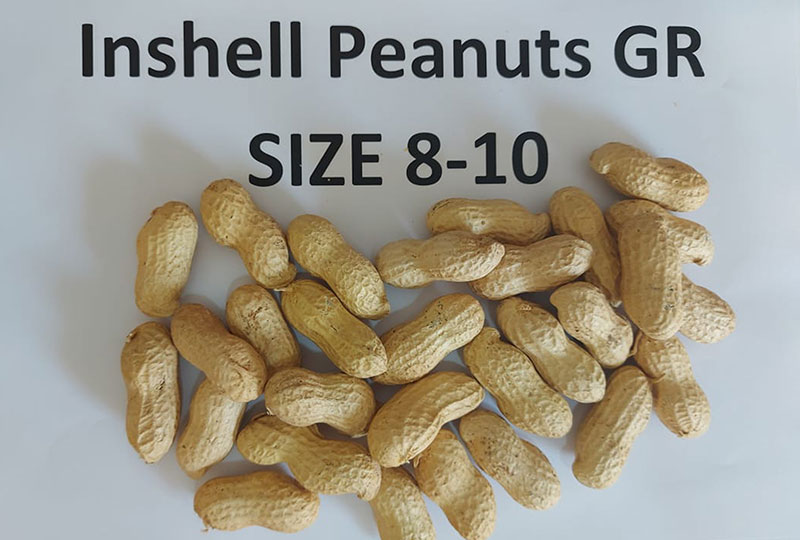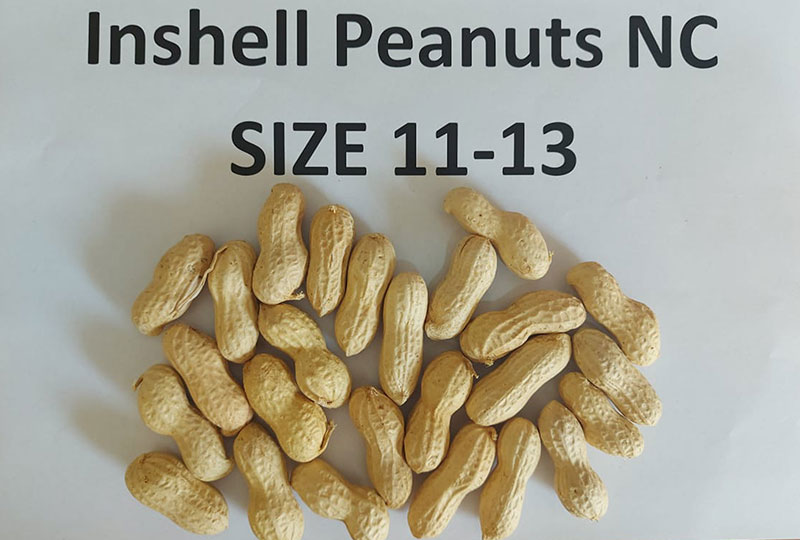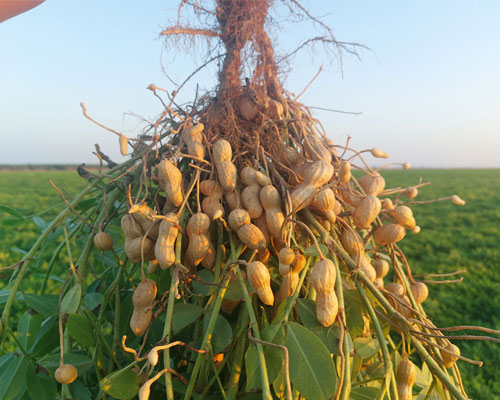
Peanuts
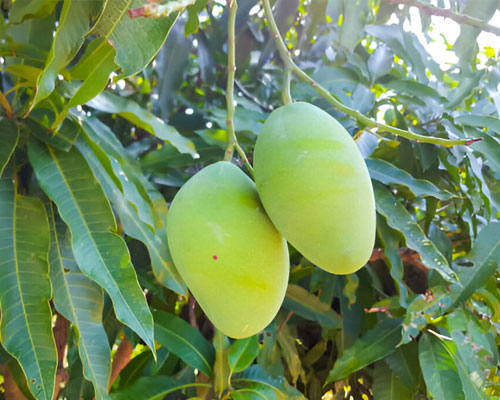
Mango
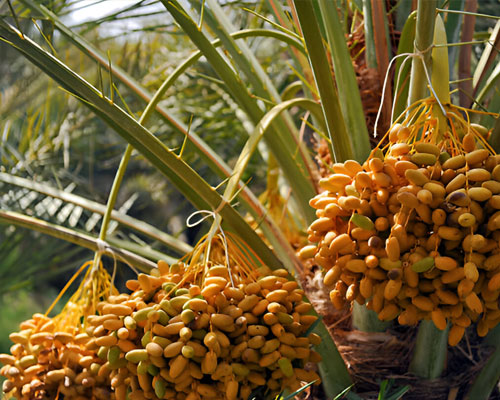
Dates
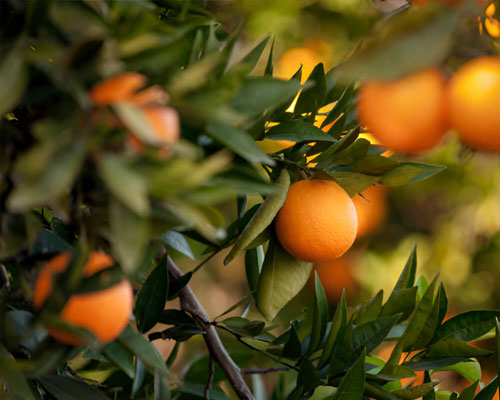
Citrus
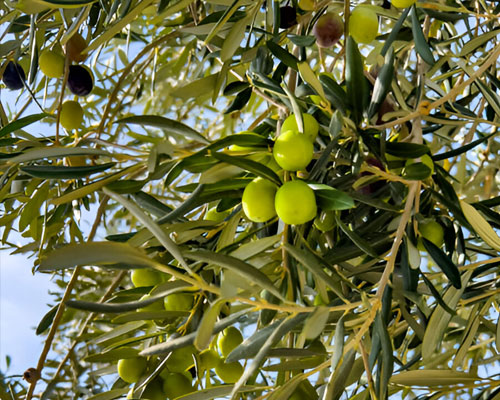
Olives
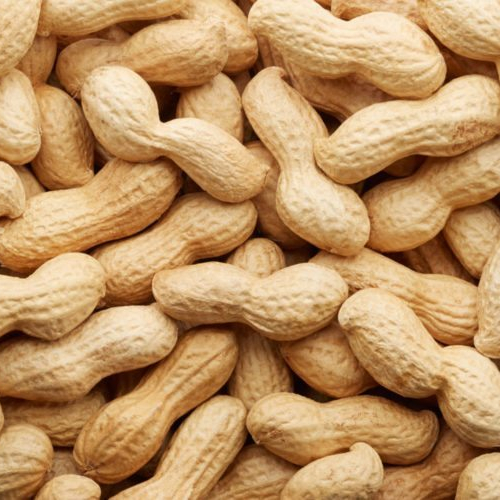
PRODUCTION OF NC PEANUTS
The primary considerations when selecting a peanut variety are yield and quality. Other important characteristics to consider are maturity and resistance to disease, drought, and extreme temperatures.
A common practice thus far to alleviate the risks associated with peanut production is the selection of several varieties ranging in maturity and disease resistance. Information on maturity and disease resis tance of the commercially available NC-type varieties are reported later in this guide, but very little is known about the resistance of the Virginia-type peanuts to drought, cold, and heat.
Virginias have the largest kernels and account for most of the peanuts roasted and eaten in-shell.
NC peanuts are sold widely at sporting events and are known as “ball park” peanuts. They are also sold shelled as salted peanuts.
PRODUCTION OF NC PEANUTS
The primary considerations when selecting a peanut variety are yield and quality. Other important characteristics to consider are maturity and resistance to disease, drought, and extreme temperatures.
A common practice thus far to alleviate the risks associated with peanut production is the selection of several varieties ranging in maturity and disease resistance. Information on maturity and disease resis tance of the commercially available NC-type varieties are reported later in this guide, but very little is known about the resistance of the Virginia-type peanuts to drought, cold, and heat.
Virginias have the largest kernels and account for most of the peanuts roasted and eaten in-shell.
NC peanuts are sold widely at sporting events and are known as “ball park” peanuts. They are also sold shelled as salted peanuts.
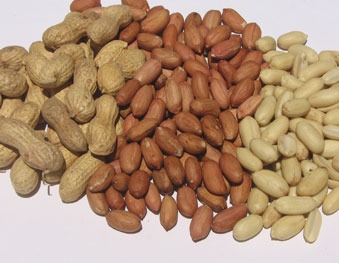
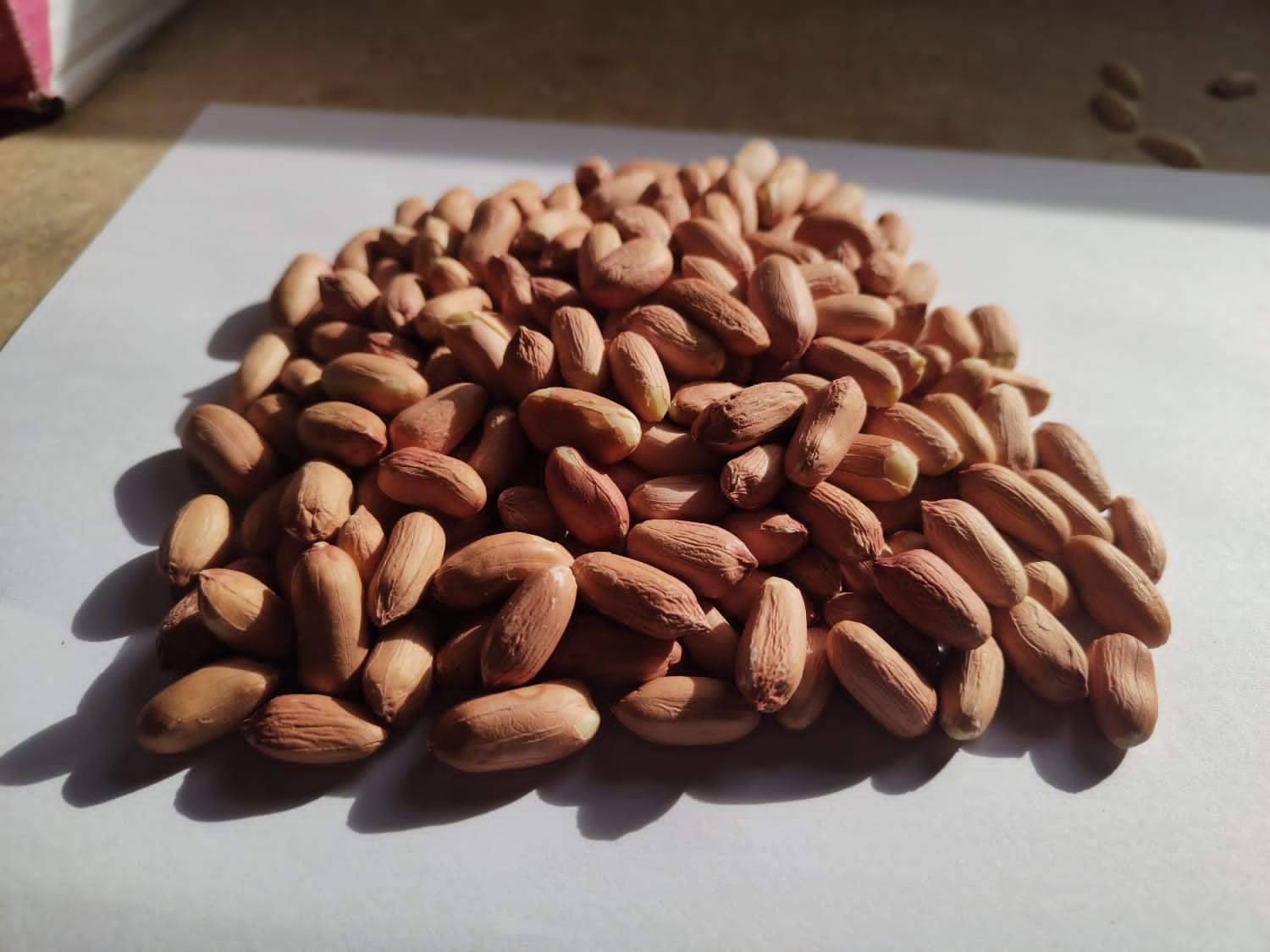
SOIL FERTILITY AND PLANT N,URITION
Peanuts will not produce high yields when soil ferti’lity is low, and they do not respond to direct fertilization. A uniform, high fertility level must be developed throughout the root zone. This is best accomplished by fertilizing previous crops. If a soil test indicates the need for fertilizer, it is best to apply it before preparing the land. The primary tillage opera tions will distribute t.h e fertilizer throughout the root zone.
IRRIGATION AND ER USE
Irrigation is the key to current and future peanut production. Irrigation ensures a stable supply of high-yielding, good quality, aflatoxin-free.
MICRO NUTRIENTS
Micronutrients include zinc., iron, manganese, copper, boron, and molybdenum.
Iron, zinc, and copper deficiencies have been observed in West Texas.
CROP ROTATION
Crop rotation is the key to profitable peanut production. They should be planted in the same field only l year out of 3 or, in the best case, 1 year out of 4. The advantages of crop rotation are numerous; primarily they include improved soil fertility, reduced disease, and nematode problems, and more manageable weed control systems. Producers should avoid following peanuts with peanuts, but where this has oc curred, another crop always should be planted the next year and pea nuts should be left out of the rotation for at least 3 to 4 more years.
